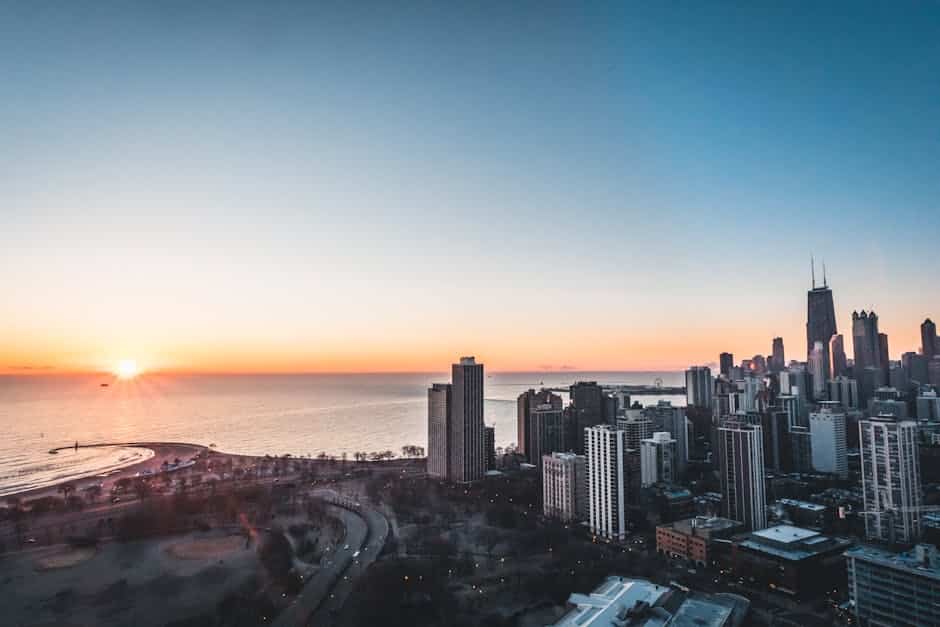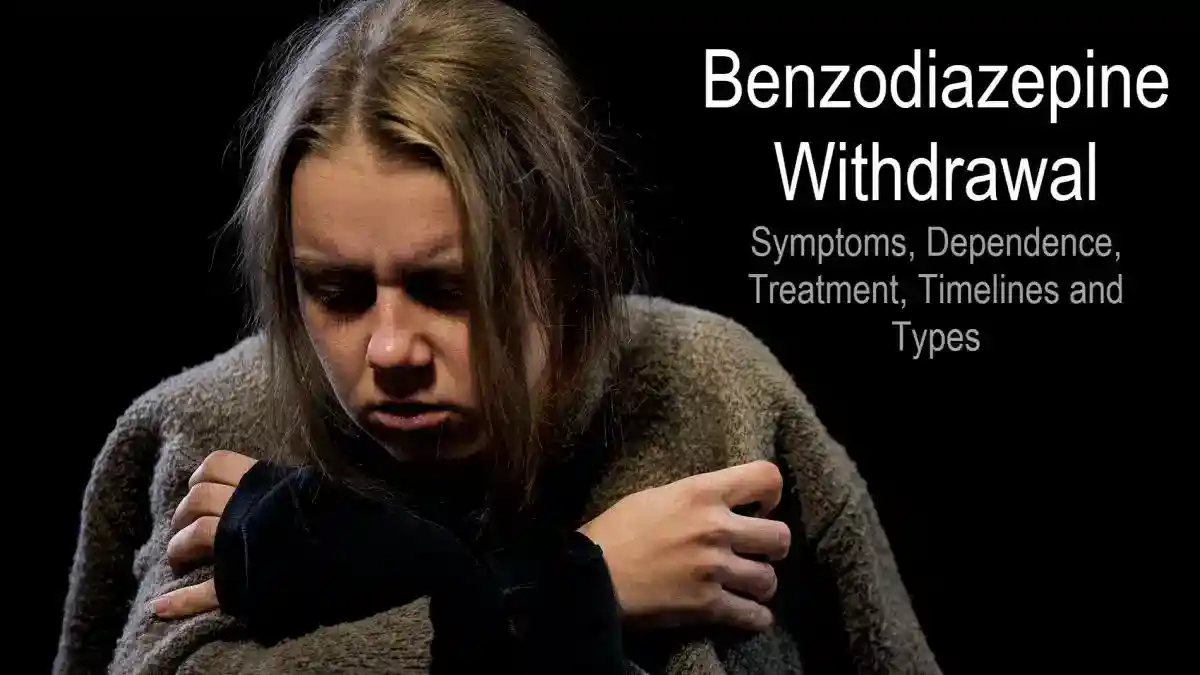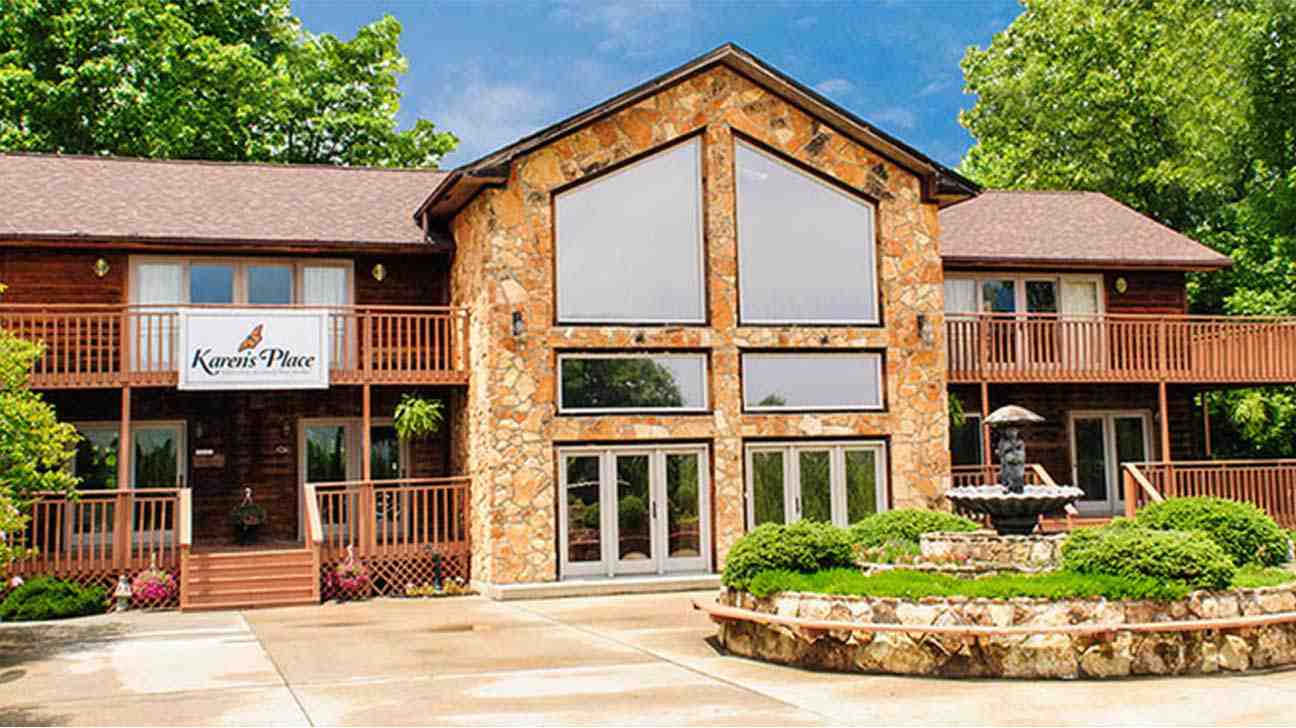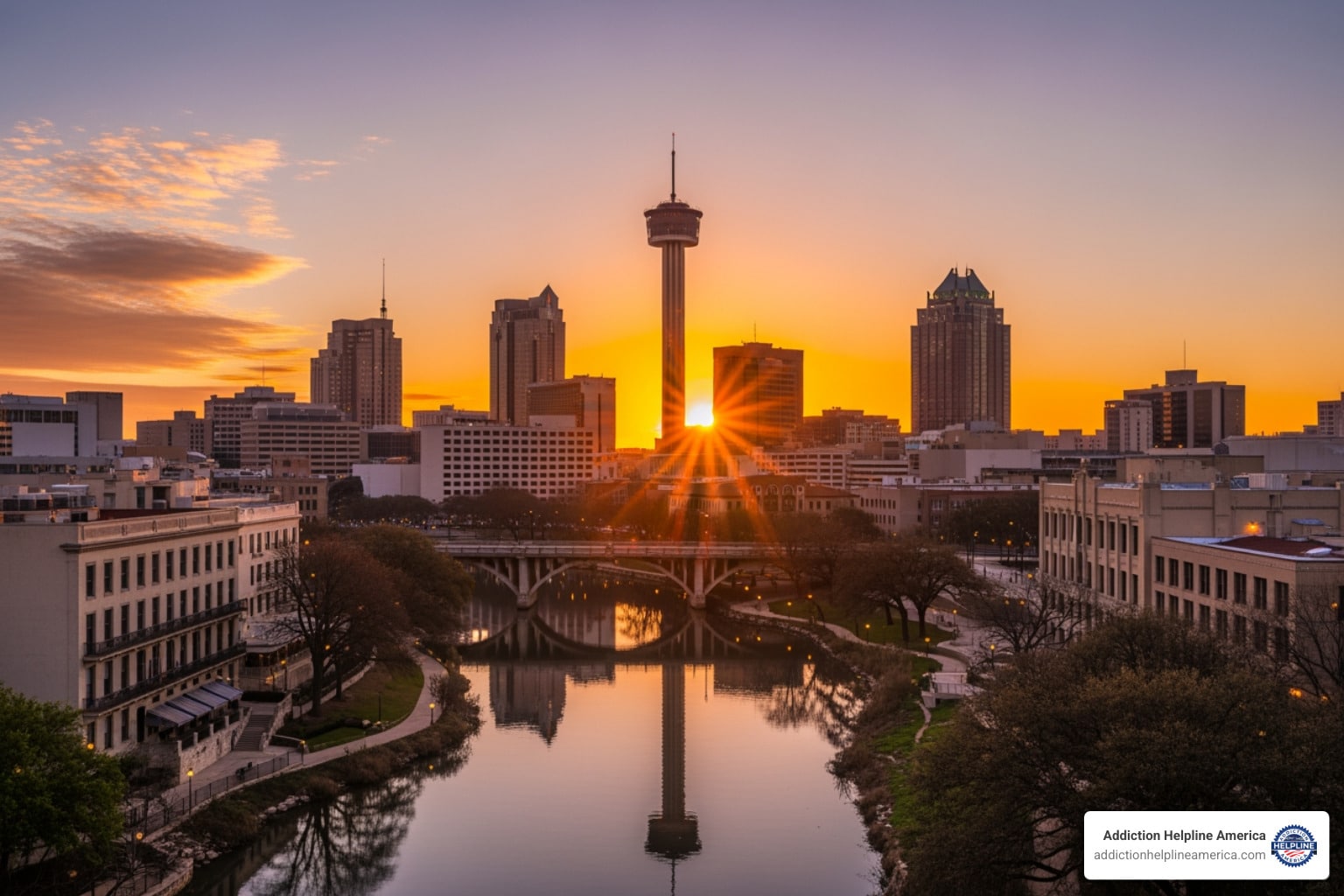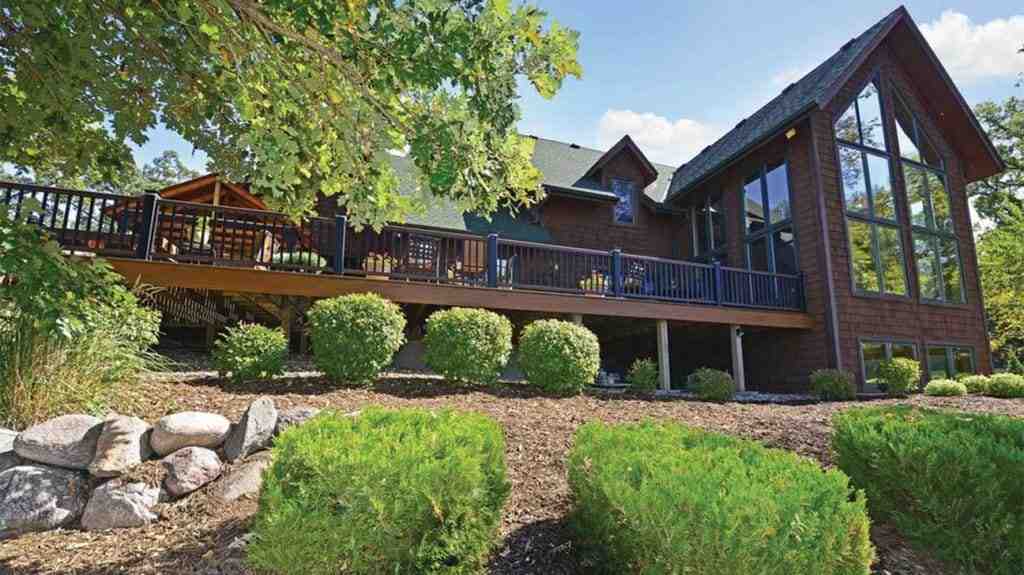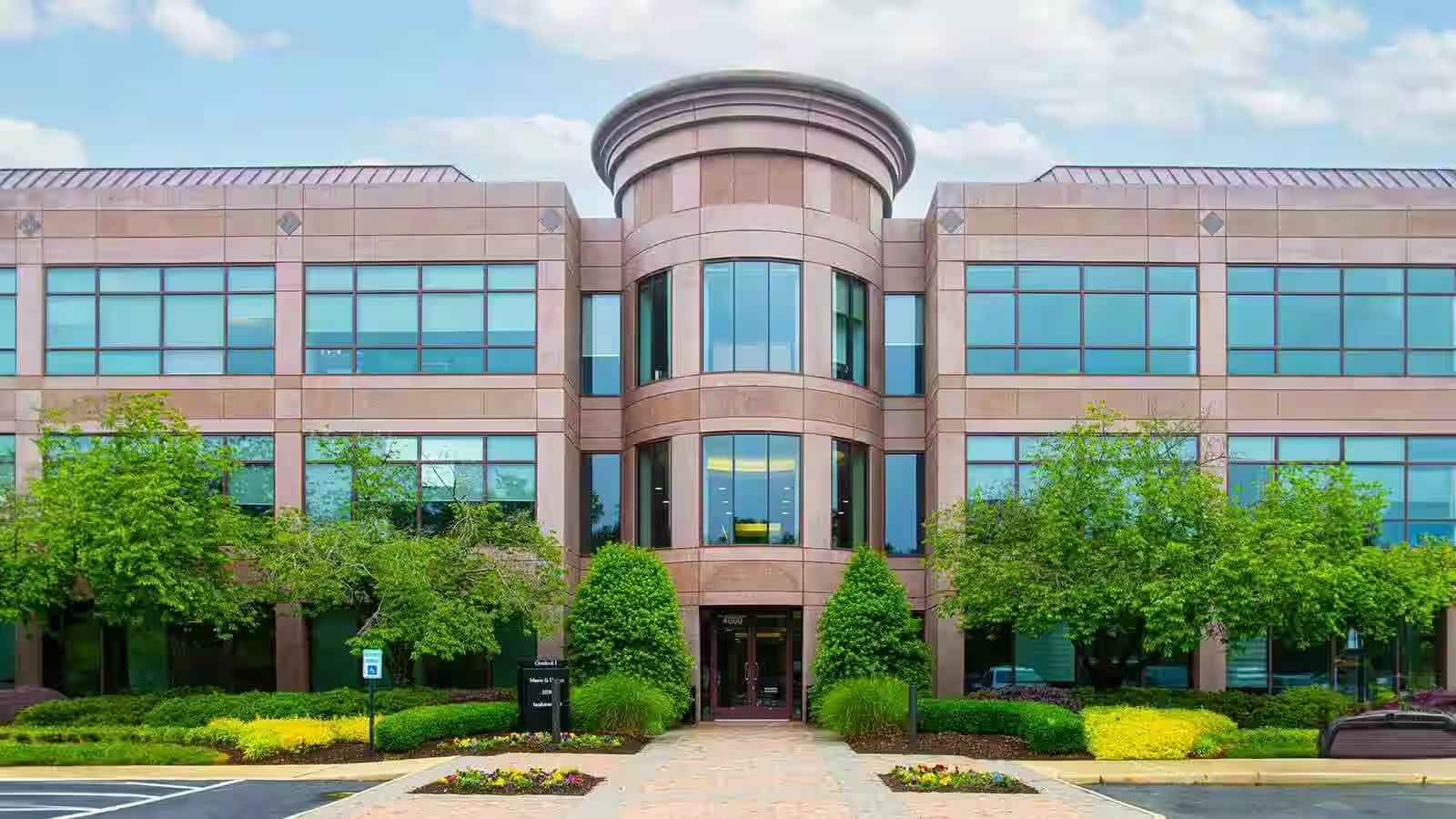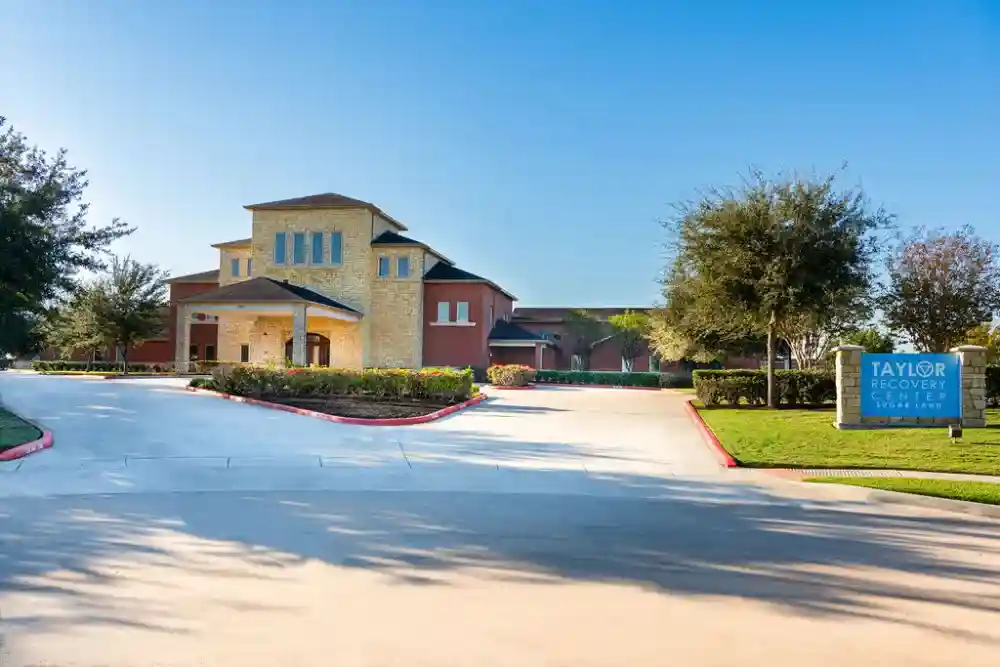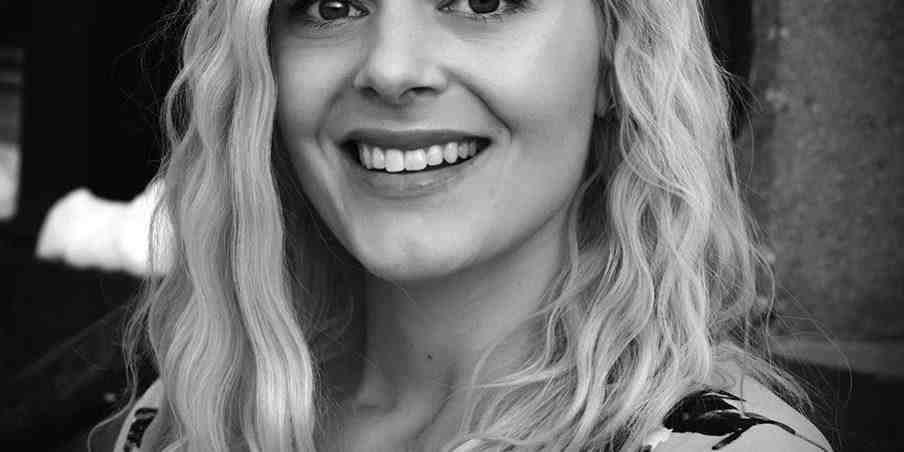
Why Finding the Right Rehab Center Matters More Than You Think
A rehab finder is an online tool that helps you search, filter, and compare addiction treatment facilities. With over 14,000 centers in the U.S., finding the right one can feel impossible, especially in a crisis. This is a major reason why only 10% of the 22.7 million Americans who need substance use treatment receive it—they simply don’t know where to start.
A rehab finder cuts through the confusion. It’s a strategic tool that matches your unique needs—like insurance, location, and level of care—with facilities that can help. Instead of a desperate guess, you can make an informed decision.
Key features of a rehab finder include:
- Location-based search to find local or out-of-state options
- Insurance verification to check coverage upfront
- Treatment filters for substance, therapy, and specialized programs
- Accreditation info to verify a facility is reputable
At Addiction Helpline America, we use these tools and personalized guidance to make the path to treatment as clear and accessible as possible. Our addiction specialists are here to help you steer the process.

Simple guide to rehab finder terms:
#1: Pinpoint Your Exact Level of Care
Just as you’d see a specialist for a broken leg, addiction treatment requires finding the right level of care. Many people start their search without knowing what they need, leading to ineffective treatment. A rehab finder helps you identify the specific intensity of care that matches your situation.
Addiction treatment exists on a spectrum. Here are the primary levels of care:
- Medical Detoxification: The first step for those dependent on substances like alcohol, opioids, or benzodiazepines. It provides 24/7 medical supervision to manage withdrawal symptoms safely.
- Inpatient/Residential Treatment: You live at the facility for 30-90 days, removed from triggers and immersed in therapy and support. Ideal for moderate to severe addiction.
- Partial Hospitalization Programs (PHP): A step down from inpatient. You attend treatment during the day and return home at night, offering high-intensity care with more flexibility.
- Intensive Outpatient Programs (IOP): Attend therapy several times a week for a few hours per session. This allows you to maintain work or school commitments while receiving structured support.
- Standard Outpatient Treatment: The least intensive option, usually involving weekly therapy. Often used for aftercare or for milder substance use issues.
- Sober Living Homes: Structured, substance-free residences that bridge the gap between intensive treatment and independent living, providing peer support and accountability.

Why this is a smart use of a rehab finder
Choosing the wrong level of care can be a costly mistake, leading to relapse and wasted time. A rehab finder helps you avoid this by filtering for facilities that offer the right services for your needs. Recovery is a continuum of care, and you may transition through several levels (e.g., detox to residential to IOP). A good finder helps you plan this progression.
To find the right level, you must honestly assess your situation. Consider these factors:
- Addiction Severity: How long, how much, and how often have you been using? Have you tried to quit before?
- Physical and Mental Health: Do you have medical conditions or co-occurring disorders like depression or anxiety? About half of people with substance use disorders do, and they require integrated treatment.
- Living Environment: Is your home supportive or filled with triggers? A stable environment is key for outpatient success, while a chaotic one may require residential care.
Answering these questions with an addiction specialist can provide the clarity you need. At Addiction Helpline America, our specialists offer free, confidential consultations to help you determine the right level of care and connect you with facilities that match your situation.
#2: Filter by Specific Treatment Types and Substances
Once you know your level of care, the next step is to get specific about how you’ll be treated and what you’re struggling with. A rehab finder is essential for filtering by treatment types and substances to find a program that truly works for you.
Quality programs use evidence-based therapies like Cognitive Behavioral Therapy (CBT) and Motivational Interviewing (MI). Many also integrate holistic treatments like yoga, meditation, and art therapy to heal the mind, body, and spirit. A rehab finder lets you find a facility that aligns with your healing philosophy.

Find a rehab finder that filters by substance
Treatment varies dramatically depending on the substance. Filtering by substance is a critical step to ensure the facility has the right medical protocols and expertise.
- Alcohol: Treatment often involves medical detox, as withdrawal can be dangerous.
- Opioids (Heroin, Fentanyl): Specialized treatment may include Medication-Assisted Treatment (MAT) alongside therapy.
- Benzodiazepines (Xanax, Valium): Requires careful medical supervision during detox to prevent seizures.
- Stimulants (Cocaine, Methamphetamine): Primarily treated with behavioral therapies like CBT.
- Polysubstance Use: Using multiple substances requires a comprehensive treatment plan that not all facilities can provide.
Explore specialized and custom treatment programs
Finding a program that understands your unique background can significantly improve recovery outcomes. Use a rehab finder to search for specialized programs:
- Veterans Programs: Offer trauma-informed care that understands military culture and PTSD.
- LGBTQ+ Affirming Care: Provides a safe, inclusive environment that addresses the specific stressors faced by the LGBTQ+ community.
- Teen and Adolescent Rehab: Uses age-appropriate therapies and involves the family.
- Dual-Diagnosis Treatment: Addresses co-occurring mental health conditions like depression or anxiety alongside addiction.
- Trauma-Informed Care: Creates a safe space to process past trauma that may fuel substance use.
- Family Programs: Involve loved ones in the healing process to rebuild trust and create a strong support system.
At Addiction Helpline America, we connect people with facilities that offer the right combination of substance expertise and specialized programs. Personalized care is key to lasting recovery.
#3: Steer Insurance Coverage and Costs
The cost of rehab can feel like a major barrier, with 30-day inpatient programs ranging from $15,000 to $30,000. However, a smart rehab finder can help you steer the financial side of treatment and find affordable, high-quality care.
Thanks to the Affordable Care Act (ACA) and mental health parity laws, most health insurance plans are required to cover addiction treatment. The key is understanding your plan’s specifics, such as deductibles, co-pays, and whether a facility is in-network (lower cost) or out-of-network (higher cost).
If you don’t have insurance, don’t lose hope. Many facilities offer private pay options with payment plans, sliding fee scales based on income, or are state-funded for those who qualify. The right resources can help you find these options.

Using a rehab finder to check insurance
One of the most valuable features of a modern rehab finder is its ability to help you verify your insurance coverage. Many tools offer confidential online insurance verification, saving you the exhaustion of calling multiple centers and insurance companies.
These tools, which are protected by HIPAA, help you understand your deductible, co-insurance, and out-of-pocket maximum. Most importantly, you can quickly identify in-network facilities, potentially saving you thousands. Knowing your financial situation upfront allows you to focus on what matters: finding the right program.
At Addiction Helpline America, we’re here to help you through this process. Our team can walk you through your insurance benefits and connect you with facilities that work with your coverage, taking the financial guesswork out of your search.
What information to have ready
To speed up the insurance verification process, have this information handy:
- Your insurance card (with policy and group numbers).
- Your date of birth (and the policyholder’s, if different).
- A basic substance use history (substances, duration of use).
- Details of any previous treatment attempts.
Having this ready allows admissions coordinators to give you accurate answers quickly, so you can move forward with confidence.
#4: Strategically Compare Local vs. Out-of-State Rehab
One of the biggest decisions you’ll make is whether to stay close to home or travel for treatment. There’s no single right answer—it depends on your triggers, support system, and recovery goals. A rehab finder helps you explore both options to see what fits best.
| Feature | Local Rehab (Near Me) | Out-of-State Rehab (Traveling for Treatment) |
|---|---|---|
| Pros | – Proximity to family/support system | – Removes environmental triggers and negative associations |
| – Easier family therapy and visitation | – Increased privacy and anonymity | |
| – Smoother transition to aftercare locally | – Access to specialized programs not available locally | |
| – Potential for insurance to cover in-state more easily | – Fresh start, a complete change of scenery | |
| Cons | – Exposure to familiar triggers/negative influences | – Can feel isolating from immediate family/friends |
| – Less privacy if known in the community | – Logistics of travel and potential higher costs | |
| – Limited program options if local choices are few | – May complicate aftercare planning back home |
Finding a rehab center near you
Staying close to home allows you to maintain connections with your support system. Family therapy and visits are more accessible, which can be crucial for healing relationships. A major advantage is a smoother transition to aftercare. When you complete a program locally, you can seamlessly connect with outpatient therapy, support groups, and sober living in your own community.
Our network makes it easy to find quality care close to home. We have connections in California (1,231+ locations), Texas (413+), Florida (500+), New York (616+), Pennsylvania (446+), Illinois (538+), Ohio (456+), and Georgia (241+), among others. Whether you’re in a major city or a smaller town, a quality facility is likely within reach.
The benefits of traveling for treatment
Sometimes, the best thing you can do is leave everything behind. Traveling for treatment offers a powerful change of scenery and a true fresh start.
Removing environmental triggers is the most significant benefit. Putting physical distance between yourself and the people, places, and stressors associated with your addiction creates the space needed for real change. You also gain a layer of privacy and anonymity, allowing you to focus on healing without worrying about judgment from your local community.
Finally, traveling opens up access to specialized programs that may not be available in your area. Whether you need a program for veterans, executives, or one with unique offerings like equine or adventure therapy, a rehab finder can locate these centers, no matter where they are.
At Addiction Helpline America, our specialists can help you weigh the pros and cons of local vs. out-of-state treatment, ensuring you make the best choice for your long-term recovery.
#5: Vet Credentials and Understand the Admissions Process
You wouldn’t hire a contractor without checking their credentials, and the same is true for a rehab center. A quality rehab finder gives you the tools to verify that a program is reputable, so you can choose with confidence.
Accreditation is a stamp of approval indicating a facility meets high standards for patient care, safety, and ethics. While reviews from former clients are helpful, you should always verify a center’s credentials yourself.

How to verify a treatment center is reputable
When using a rehab finder, look for these signs of a trustworthy facility:
- State Licensure: Every legitimate facility must be licensed by the state in which it operates. This is the minimum requirement, ensuring it meets basic health and safety standards.
- National Accreditation: This is a step above licensure. Accreditation from CARF (Commission on Accreditation of Rehabilitation Facilities) or The Joint Commission means a facility has voluntarily undergone a rigorous review of its clinical practices and patient outcomes. It’s a strong signal of quality.
- Official Directories: Cross-reference facilities with government-run directories. SAMHSA’s National Directory of Drug and Alcohol Use Treatment Facilities is a trusted resource. To be listed, facilities must be licensed and participate in an annual survey. You can Search the official directory to verify any center you’re considering.
Addiction Helpline America’s treatment center directory includes facilities that meet high standards for care, and our team can help you understand what each credential means.
What to expect during the admissions process
Once you’ve chosen a few options, the admissions process begins. It’s more straightforward than you might think.
- Initial Phone Call: You’ll speak with an admissions navigator, share your story, and get an overview of the program.
- Pre-Intake Assessment: This is a more detailed clinical conversation about your substance use history and mental health to ensure the facility is the right fit.
- Insurance Verification: The admissions team will work with your insurance provider to confirm coverage and out-of-pocket costs.
- Travel & Packing: If you’re traveling, the center may help coordinate logistics. You’ll receive a list of what to bring and what to leave at home.
Admissions navigators are there to guide you. At Addiction Helpline America, our team specializes in walking people through these steps, making the transition into treatment as smooth as possible.
Frequently Asked Questions about Finding Rehab
The path to recovery is filled with questions. Here are answers to some of the most common concerns we hear.
Will I lose my job if I go to rehab?
This is a common fear, but you have legal protections. The Family and Medical Leave Act (FMLA) allows eligible employees to take up to 12 weeks of unpaid, job-protected leave for medical reasons, including substance abuse treatment. Additionally, the Americans with Disabilities Act (ADA) protects individuals recovering from addiction from discrimination.
Treatment is also confidential. Due to HIPAA and 42 CFR Part 2, your employer cannot be informed of your treatment without your written consent. Many companies also offer Employee Assistance Programs (EAPs), which are confidential resources that can help you steer this process.
What is a typical day in rehab like?
A typical day is structured and purposeful, which helps create stability. Routines vary, but most days include:
- Morning: A healthy breakfast, followed by mindfulness or meditation, and then an individual therapy session to work on personal issues.
- Mid-day: Group therapy sessions are a cornerstone of rehab, where you connect with peers and learn coping skills. After a nutritious lunch, you might attend educational workshops or holistic therapies.
- Afternoon/Evening: Afternoons may include more therapy, life skills workshops, or recreational activities like yoga or art therapy. Evenings often consist of dinner, 12-step meetings or other support groups, and time for reflection before a set bedtime.
The structure removes chaos and allows you to focus completely on healing.
How can I help a loved one who needs rehab?
It’s agonizing to watch someone you love struggle with addiction. While you can’t force them into recovery, you can make a difference.
- Educate yourself: Understand that addiction is a disease, not a moral failing. This will help you approach them with empathy.
- Set firm boundaries: Stop enabling behaviors that support the addiction, such as giving money or making excuses for them. This isn’t punishment; it’s about protecting your own well-being and letting them face the natural consequences of their actions.
- Communicate with care: Talk to them when they are sober. Use “I” statements to express your concern without judgment (e.g., “I feel scared when…”).
- Offer support, not solutions: Let them know you’ll support their recovery, but they must take the first step. You might consider staging an intervention with a professional’s help.
- Get help for yourself: Join a support group like Al-Anon or Nar-Anon. At Addiction Helpline America, we provide guidance for families. The SAMHSA National Helpline at 1-800-662-HELP (4357) is another free, confidential resource.
Your Path to Recovery Starts with the Right Information
If you’ve read this far, you’ve already taken a brave first step: seeking answers. The journey to find addiction treatment can feel overwhelming, but it doesn’t have to be.
By using a rehab finder strategically—pinpointing your level of care, filtering by treatment type, navigating insurance, comparing locations, and vetting credentials—you are taking control of your recovery story. You are turning a confusing process into a clear, actionable plan.
Recovery is possible. Millions of people have walked this path before you. The biggest barrier is often not knowing where to start or how to steer the system. That changes now.
At Addiction Helpline America, we’ve built a vast network of vetted treatment centers across the country, from California to Florida, Texas to New York. But our service is more than a directory. We provide free, confidential, and personalized guidance to connect you with the right place for your unique situation.
Our team of addiction specialists is here to answer your questions and help you make sense of your options. You don’t have to do this alone. The right information, support, and treatment center are waiting for you.
Take that first step today.
Our helpline is 100%
free & confidential
If you or someone you care about is struggling with drug or alcohol addiction, we can help you explore your recovery options. Don’t face this challenge alone—seek support from us.
Programs
Resources
Will my insurance
cover addiction
treatment?
We're ready to help
Find the best
drug or alcohol treatment
center
Are you or a loved one struggling with addiction? Call today to speak to a treatment expert.

